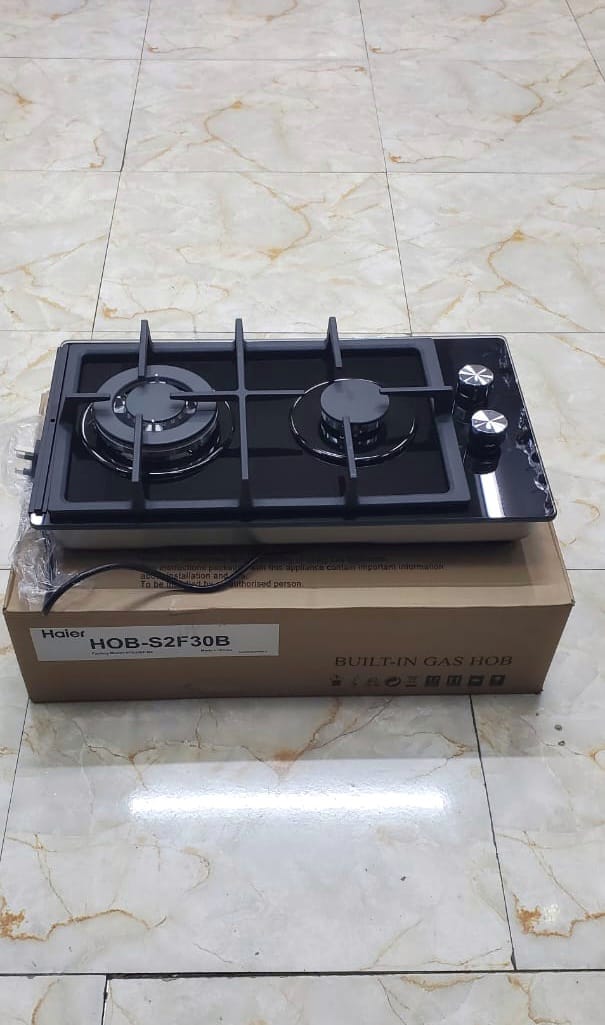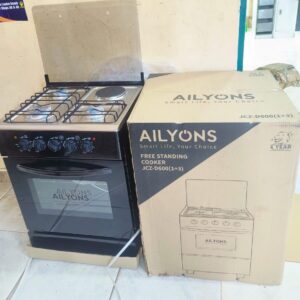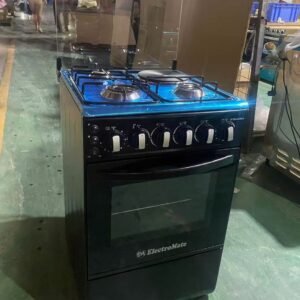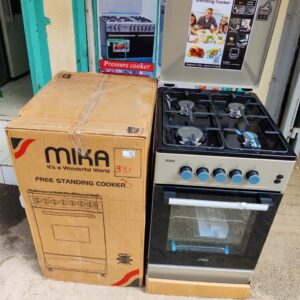These are what good quality 2‑burner inbuilt hobs tend to offer; you may or may not get all of them, depending on price:
-
Fast cooking: The high‑output burner handles tasks like boiling water, frying, or stir‑fry much more rapidly.
-
Even flame control: Being able to reduce flame for simmering or delicate cooking.
-
Space saving / clean look: Fits flush into kitchen worktop; less bulky, integrates well with modern kitchen design.
-
Easy cleaning: Smooth surfaces (stainless steel or tempered glass) + cast iron pan supports help make spills easier to clean.
-
Safety features: Auto‑ignition (no matches needed), flame failure device, safety knobs, sturdy construction.
-
Gas type compatibility: Many are compatible with LPG or natural gas, sometimes with a conversion kit.
-
Durability: Good materials (tempered glass, quality steel or stainless steel, solid burners, robust knobs) tend to last longer.
- WAranty…..has a 1 year
Even with a good product, there are downsides or things to verify:
-
Glass fragility: Tempered or toughened glass surfaces are prone to cracking if heavy pots are dropped, or if not handled carefully.
-
Heat concentration: The high burner (especially a wok burner) may generate a lot of heat; you need good ventilation. Also risk of burns if nearby surfaces become hot.
-
Installation matters: The counter cut‑out must match the hob. Incorrect sizing leads to problems, gaps, or difficulty sealing. Ensure correct depth and clearances.
-
Gas source / gas pressure: If using LPG vs natural gas, check if the hob supports both or if a conversion kit is needed. Also pressure/nozzle size matters.
-
Cost: Higher power and extra safety features typically come at higher cost. Also, black glass models may cost more than stainless steel.
-
Maintenance: Burners, knobs, and pan supports may suffer wear & tear; cleaning must avoid harsh abrasives to protect surfaces.







Reviews
There are no reviews yet.